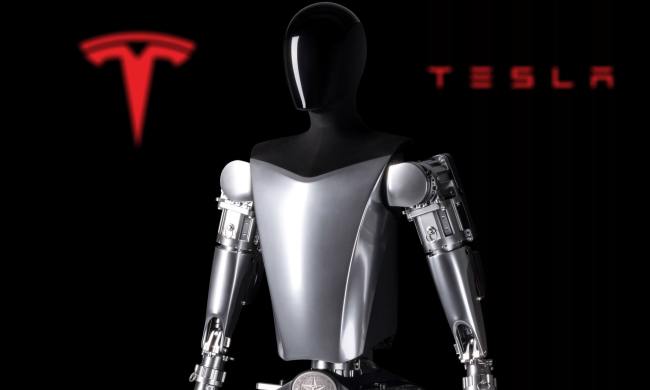
However, that update has nothing to do with battery capacity or efficiency. Rather, it aims to soothe drivers with information.
The update includes two new features intended to help drivers better estimate range, and find charging stations more easily.
One component of this is “Range Assurance,” a navigation app that runs in the background even when the system itself is not in use.
It monitors Tesla’s network of Supercharger stations, notes which ones are crowded, and warns the driver when he or she is about to go out of range of a station.
When the driver decides to stop for a charge, the system displays a map of the most convenient charging stations and gives directions to the closest one. It can even account for the effects of altitude changes, wind, and other weather conditions on range.
Many electric-car drivers calculate this sort of thing on their own when taking long trips, but Tesla claims the car can now do it all automatically.
The second half of the anxiety-abating duo is the new “Trip Planner.” This feature allows drivers to plan a route with charging stops along the way, using real-time information from stations and other cars to determine where it’s best to pull over.
Trip Planner then calculates the best route to the next charging station, and determines how long a stop is required. It can also message owners through Tesla’s smartphone app when the car is done charging.
Range Assurance and Trip Planner will also be packaged with software for new safety features.
Tesla will add automatic braking, blind-spot monitoring, and side-collision warning. Some cars equipped with the hardware to support these features have already shipped to customers.
Finally, the Model S will also get a valet mode, which limits power, locks the glovebox and front trunk (“frunk,” in Tesla speak), and locks down any personal information stored on the car’s infotainment system.
Like other Tesla updates, expect this new software to be released over the air fairly quickly.


